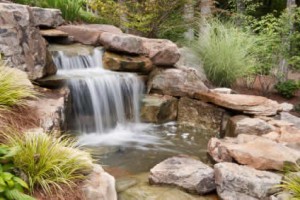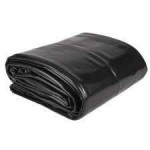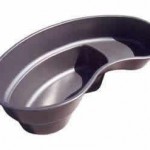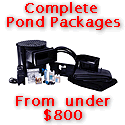Building a backyard water garden can be one of the most satisfying projects you can do around the house. Your water garden will give you years of enjoyment and will certainly increase your home’s value when you’re ready to sell.
This website will help you plan a water garden that will best meet your needs. Then we’ll give you advice on how to landscape it, stock it, accessorize it, and maintain it.
Let’s start with some questions you must consider:
- What kind of water garden do you want? It can be a home for goldfish or koi, or you can limit the aquatic life to plants and flowers. Since koi love to snack, you should limit your plantings or risk having them eaten.
- How big do you want it to be? The biggest mistake people make is building a pond that’s too small. Because koi grow quickly, you should plan a pond with a volume of at least 1,000 gallons; and at least a part should reach a depth of four to five feet. If you plan on stocking goldfish, you’ll only need to dig down about 16″ if your pond water freezes in winter.
- Where should you place the pond? If there’s a big enough space near the home, you’ll be able to see the water garden year-round. Make sure that the pond won’t receive runoff after it rains: the runoff carries chemicals and fertilizer that can kill your fish and plants. Don’t dig too close to trees, or you’ll be spending too much time fishing leaves and branches from the water. Want to grow water lilies? Then put the water garden in a location that gets at least four hours of direct sunlight every day.
- How will you keep the water clean? It’s a good idea to add a pump that runs a biological filter, waterfall or fountain. In addition to keeping the water fresh, you’ll also be able to enjoy the sound of running water.
- Will you use a preformed structure or a liner? It’s easier to install a manufactured base, but using a liner will give you more control over the pond’s shape and dimensions.
- What kinds of plants will you add? Think about including water hyacinth, parrots feather, and anacharis: They’ll eat up the nutrients that would otherwise attract algae.
Give these questions careful thought. When you’ve made some basic decisions, click here to proceed.










